Chapter #12 - Blóts
Share
Blót is Old Norse meaning “sacrifice” and blóts were dedicated to Norse gods, spirits of the land, and even to ancestors. Blood from the sacrifice was poured on stone altars and the sacrificial meat was cooked in cauldrons. Beer or mead was blessed and passed around worshippers. The nobility (Jarls) often drank imported wine. All prayed “til árs ok friðar” (for a good year and peace). They requested fertility, good health, a good life and peace and harmony and they considered blóts as feasts between Gods and humans.
Blóts are recorded as taking place in specific locations, such as the temple in Uppsula, or Lejre in Denmark. Some blóts took place at specific times of year. There are three main blóts that were celebrated (although the number celebrated varied from place to place).
“There should be a sacrifice at the beginning of winter for a good year, and in the middle of winter for a good crop, the third in summer day, that was the sacrifice for victory.” Odin’s Law of Blóts.
- Dísablót - three days which mark the transition from autumn to winter, celebrated in mid-to-late October and dedicated to female deities.
- Yule – (the Midwinter Blót) (connected with the Wild Hunt and Odin) celebrated in the middle of January. Long-bearded Odin’s bears the names jólfaðr ("Yule father") and jólnir ("the Yule one") and is the inspiration for Father Christmas.
- Sumarmál (The Summer Blót) - middle of April (about four weeks after the spring equinox).
